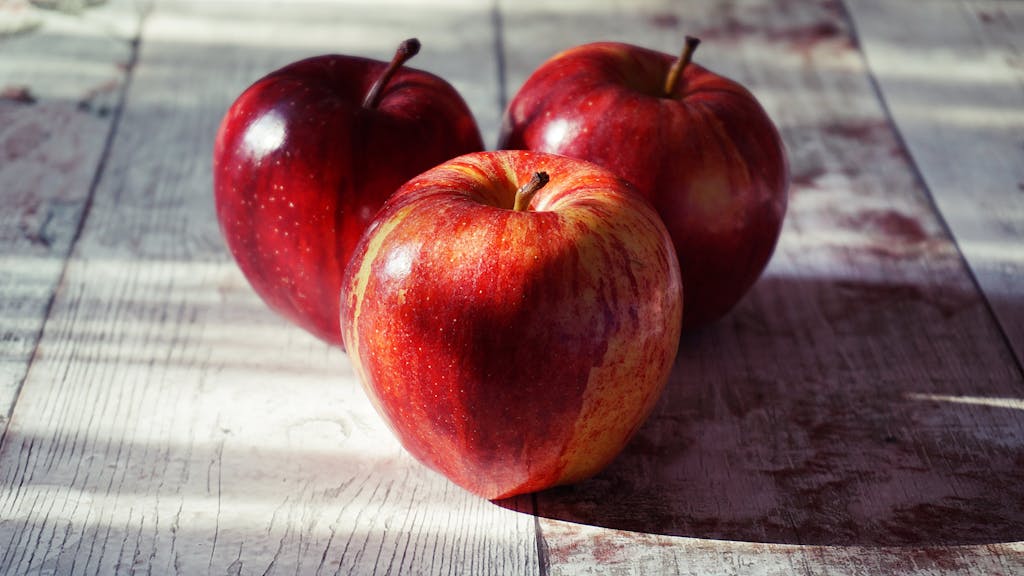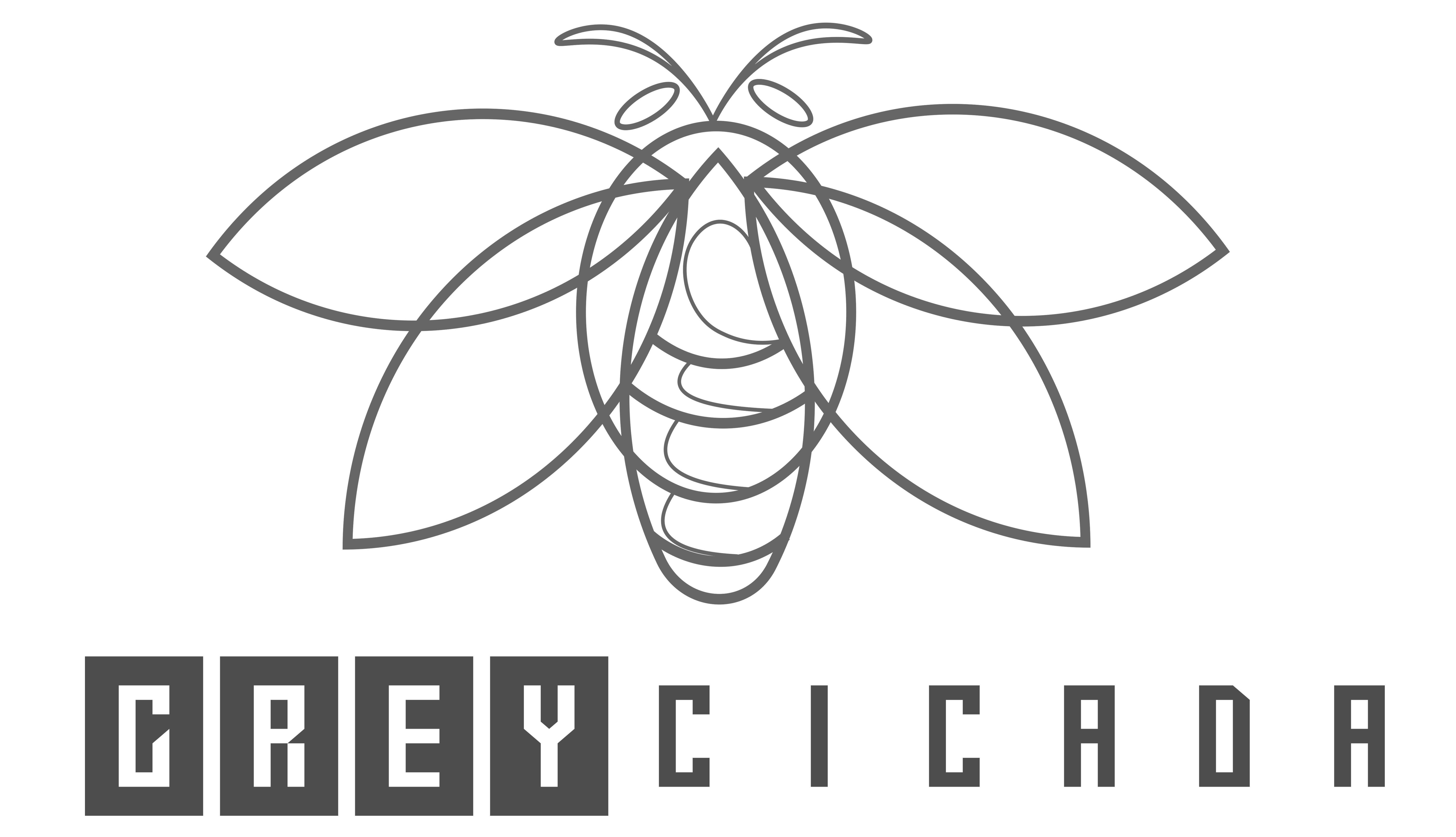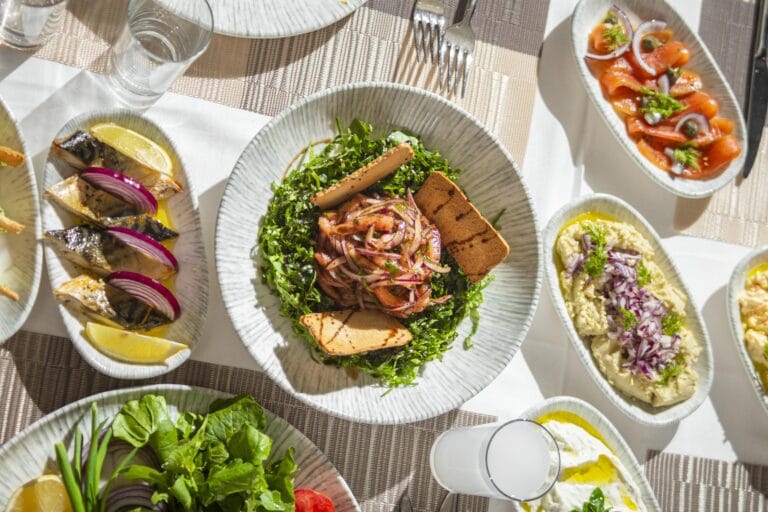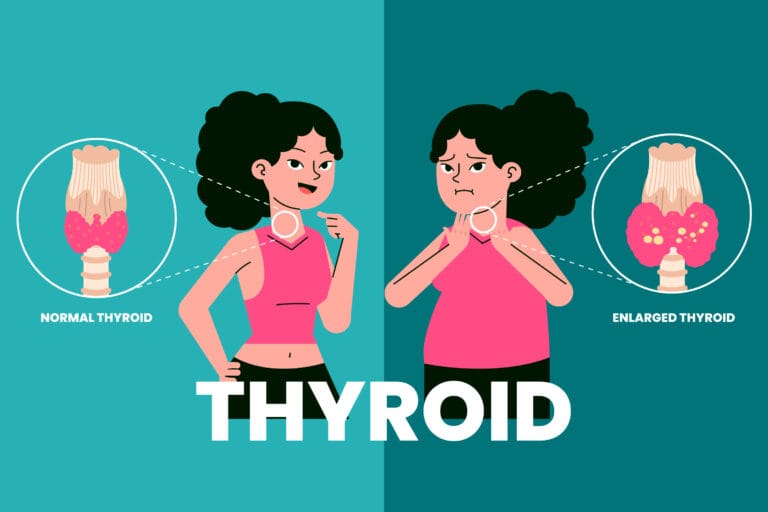FREE SHIPPING OVER $50
0 Calorie Foods Explained: Food Lists & Their Role in Weight Loss
Embarking on a weight loss journey often involves meticulous calorie counting and food restrictions. However, the allure of 0 calorie foods offers a tantalizing escape from restrictive eating. These seemingly magical foods claim to have zero or negligible calories, allowing for guilt-free snacking and effortless calorie control. But are these foods too good to be true? Let’s explore the reality behind 0 calorie foods and their impact on weight loss.
Key Takeaways:
What Are 0 Calorie Foods

0 calorie foods, also known as “negative calorie foods,” are those that contain such minimal calories that the body may expend more energy digesting them than they provide. These foods are typically high in water and fiber, contributing to their low energy density yet substantial volume.
Eating these foods is like sending your body on a treasure hunt where the map takes more energy to read/follow than the treasure is worth. Your body works hard digesting and getting nutrients from what you eat, which burns calories. This unique combination can help you achieve satiety without overindulging in calories.
It is very important to note that these foods don’t actually have zero calories like the name suggests.
Common Misconceptions
What food has 0 calories? It’s important to note that no food truly has zero calories; even the foods listed as 0 calorie foods have some caloric content. The term “0 calorie” is more about the negligible calorie count relative to the volume and the effort needed to digest them.
Detailed 0 Calorie Foods List
Let’s look at a detailed list of 0 calorie foods that can transform your meals:
Vegetables:
- Celery: The poster child for zero calorie foods, celery is predominantly water and fiber. One cup of chopped celery contains about 14 calories.
- Cucumbers: Crisp and hydrating, cucumbers are a refreshing addition to any diet. One cup of sliced cucumbers contains about 16 calories.
- Leafy Greens: Nutrient powerhouses like spinach, kale, and lettuce pack a punch with minimal calories. One cup of raw kale contains about 33 calories.
- Zucchini: Its versatility makes zucchini an ideal ingredient for low-calorie culinary creations. One cup of sliced zucchini contains about 19 calories.
- Radishes: Add a peppery kick to your meals with these vitamin-rich veggies. One cup of sliced radishes contains about 19 calories.
- Capsicum: Also known as bell peppers, capsicums are colorful and nutrient-dense. One cup of chopped capsicum contains about 46 calories.
- Cauliflower: This versatile veggie can be used in many low-calorie dishes. One cup of chopped cauliflower contains about 27 calories.
- Carrot: Sweet and crunchy, carrots are great for snacking. One cup of chopped carrots contains about 52 calories.
- Broccoli: Packed with nutrients, broccoli is a staple in healthy diets. One cup of chopped broccoli contains about 55 calories.
Fruits:
- Watermelon: Its high water content dilutes the natural sugars, keeping calories in check. One cup of diced watermelon contains about 46 calories.
- Strawberries: Indulge in these sweet berries for a nutrient boost without the calorie guilt. One cup of sliced strawberries contains about 53 calories.
- Grapefruit: A staple in weight loss diets, grapefruit is both flavorful and low in calories. One cup of grapefruit segments contains about 52 calories.
- Oranges: Satisfy your sweet tooth with this fibrous fruit that’s filling yet low in calories. One cup of orange segments contains about 85 calories.
- Apples: Opt for smaller varieties for a naturally sweet snack that won’t derail your diet. One cup of apple slices contains about 65 calories.
- Papaya: This tropical fruit is sweet and nutritious. One cup of cubed papaya contains about 62 calories.
Other 0 Calorie Options:
- Broth-based Soups: Stick to clear, vegetable-based broths for a warm, comforting, and low-calorie meal. One cup of vegetable broth contains about 10 calories.
- Herbal Teas: Quench your thirst with unsweetened herbal teas that offer flavor without calories. Herbal teas generally have 0 calories per cup.
- Pickles: Choose low-sodium varieties for a tangy, crunchy snack that’s virtually calorie-free. One cup of sliced pickles contains about 17 calories.
0 Calorie Foods for Weight Loss
The idea behind 0 calorie foods is rooted in the thermic effect of food (TEF), which is the energy required by our body to digest, absorb, and process nutrients. Foods that are high in fiber and water have a higher TEF, meaning your body burns more calories to process them. When you incorporate these foods into your diet, you can potentially create a caloric deficit, which is essential for weight loss.
Leveraging 0 Calorie Foods for Weight Management
Incorporating 0 calorie foods into your diet can be a strategic way to reduce overall caloric intake while still feeling satiated. These foods can bulk up your meals and snacks without significantly increasing your calorie count. This can be particularly beneficial for individuals who struggle with hunger while trying to reduce their caloric intake.
0 Calorie Foods for Fasting
For those who practice intermittent fasting, 0 calorie foods can play a crucial role during eating windows. These foods can help maintain a feeling of fullness without contributing significantly to daily caloric intake, making them ideal for those looking to control their weight through fasting.
Integrating 0 Calorie Foods into Your Fasting Routine:
- Break Your Fast Gently: Use 0 calorie foods as part of your first meal to ease back into eating without overloading on calories.
- Sustain Energy Levels: During your eating window, include 0 calorie foods in your meals to stay energized and satisfied until your next fast begins.
Smart Strategies for Weight Loss Success
Here are some practical tips to maximize the benefits of 0 calorie foods:
- Snack Smart: Replace high-calorie snacks with 0 calorie foods to reduce overall caloric intake. For example, opt for celery sticks with hummus instead of chips.
- Volume Eating: Incorporate large portions of 0 calorie foods to fill up your plate and your stomach without adding extra calories. A big salad with lots of leafy greens and cucumbers can be very satisfying.
- Stay Hydrated: Many 0 calorie foods are high in water content, helping you stay hydrated and feel full longer. Drinking herbal tea throughout the day can also help with this.
- Balanced Diet: Ensure that while you focus on 0 calorie foods, you also maintain a balanced diet with enough proteins, fats, and carbohydrates to meet your nutritional needs. This will help you stay healthy and energized.
Conclusion
Incorporating 0 calorie foods into your diet can be an effective strategy for weight loss by enabling you to eat more while consuming fewer calories. Balance these foods with a well-rounded diet to ensure comprehensive nutrition. For those aiming to slim down or manage their dietary intake, 0 calorie foods can be an invaluable addition to your culinary repertoire.
Related Articles
If you found this blog post insightful, explore more by delving into our related articles:



